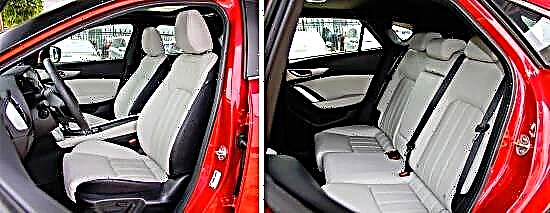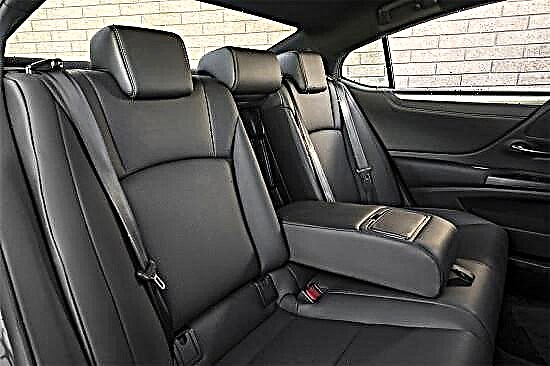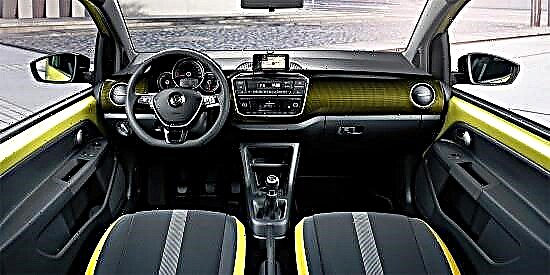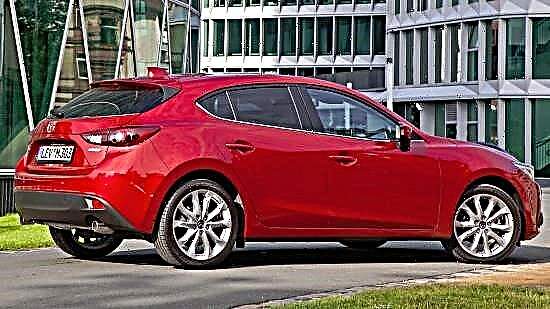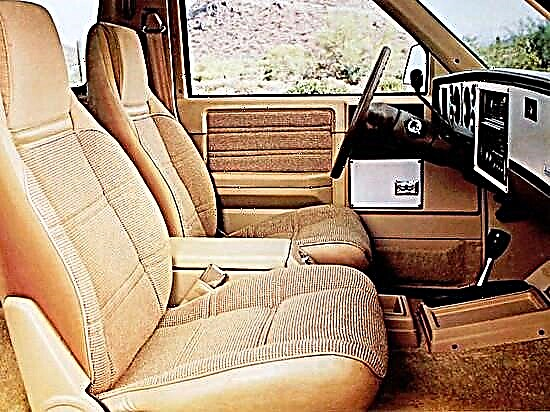The compact SUV Chevrolet S-10 Blazer, which became one of the first cars of the SUV class in the modern sense, debuted in a three-door design in 1982 and quickly took over a significant part of buyers from its older "brother" - the K5 Blazer, with which it was produced in parallel.

In 1990, the car underwent modernization, as a result of which it was slightly transformed externally and internally and received a five-door modification, after which it remained on the assembly line until 1993, when it gave way to the assignee.

In terms of its dimensions, the Chevrolet S-10 Blazer is in the class of compact SUVs: its length is stretched by 4326-4491 mm, its width is 1661 mm, and its height does not exceed 1633 mm. A base of 2553-2718 mm fits between the pairs of wheels of the car, and its ground clearance is 200 mm.
The curb weight of the "American" varies from 1618 to 1740 kg, depending on the version.

A wide range of gasoline engines is provided for the Chevrolet S-10 Blazer - these are inline four-cylinder and V-shaped six-cylinder "aspirated" engines with a working volume of 2.5-4.3 liters with distributed or central fuel injection, producing 105-193 horsepower and 176-315 Nm of torque.
They work jointly with 5-speed manual or 4-speed automatic transmissions and rear-wheel drive transmissions or all-wheel drive with a rigidly connected front axle, "transfer case" and a reduction gear.
At the heart of the Chevrolet S-10 Blazer is a spar frame, which serves as a "haven" for all components and assemblies.
At the front, the SUV is equipped with an independent suspension with hydraulic shock absorbers, coil springs and a lateral stabilizer, and at the rear - a dependent structure with small leaf springs.
The car is equipped with a "worm" steering gear with a hydraulic power steering, as well as a brake complex with disc front and drum rear devices.
In the secondary market of Russia, the Chevrolet S-10 Blazer in 2018 can be purchased at a price of ~ 100 thousand rubles.
The car has a lot of positive qualities: laconic design, ergonomic and roomy interior, reliable and durable design, high-torque motors, good off-road ability, and so on.
As for the shortcomings of an SUV, among them there are: high fuel "appetite", poor sound insulation, poor head lighting, problems with many spare parts (more precisely, with their availability) and other points.



